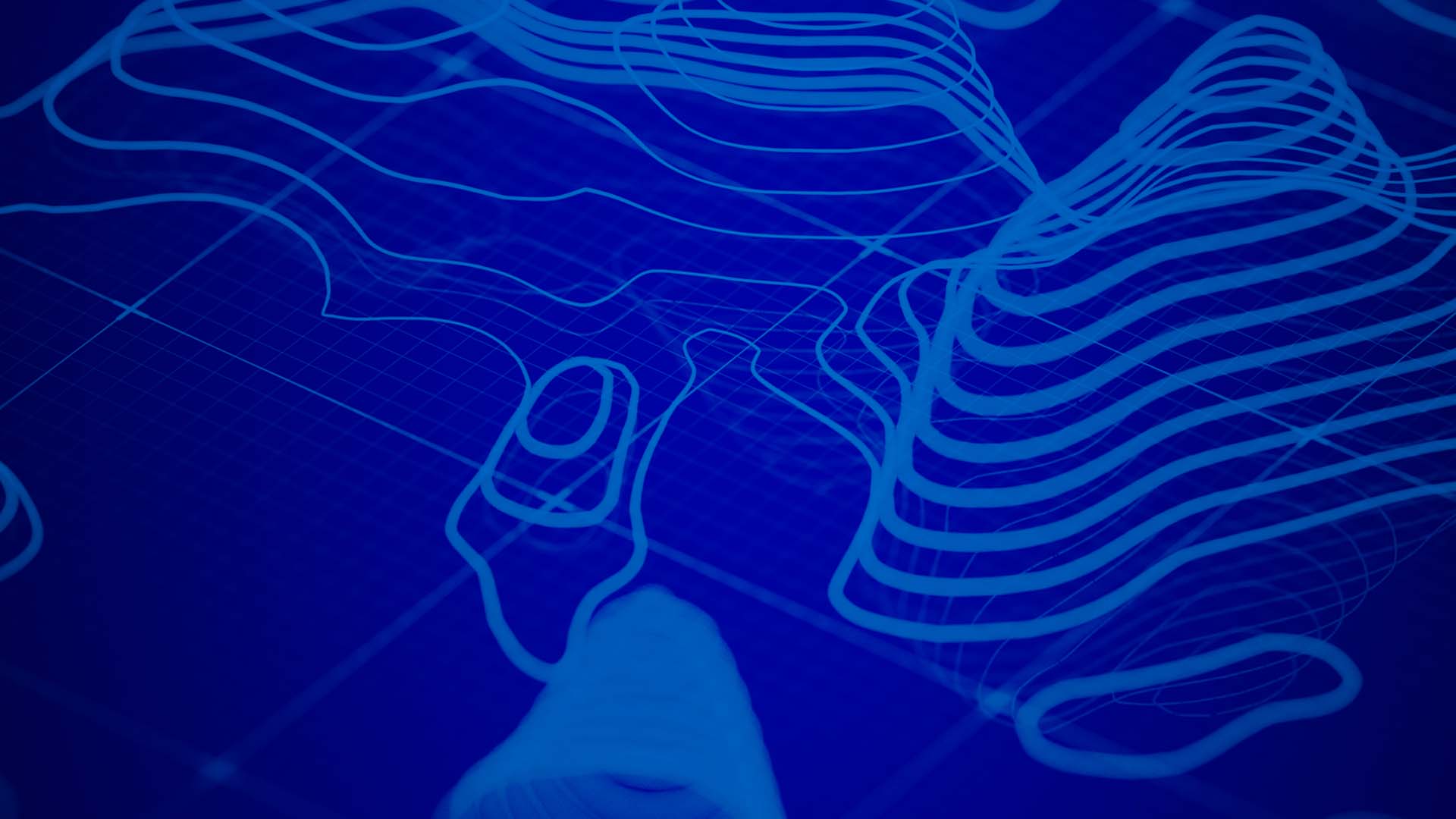Four years ago, designer and technologist Bran Ferren issued a challenge during the first Geodesign Summit: Become better storytellers using geodesign.
Ferren, the chief creative officer of Applied Minds LLC, returned to Esri in January to keynote at the fourth Geodesign Summit and reiterate his first call to action and deliver another: Develop a 250-year plan for the planet enabled by geodesign to create a vision of the future.
“Geodesign combines geography and data with modeling, simulation, and visualization to tell stories and (show) the consequences of your actions,” Ferren told more than 260 architects, urban and transportation planners, GIS and design professionals, educators, and others at the most well-attended Geodesign Summit to date. He sees great potential for geodesign to ultimately help find solutions to complex problems. “It is still in the shiny object stage but it will be very important,” he said.

Ferren said questions need to be posed such as:
- What is your current state of affairs or the topic you are worried about?
- What is your desired end state?
- How are you going to get there?”
“I argue that just having the discipline to sit down for a day and think about that will change your whole thought process,” Ferren said. “It doesn’t mean you are going to know exactly what the future is, but having a sense that in 250 years, you would like to address these things at least gives you an intellectual template and road map to test your ideas against.”
This process will be collaborative, too, according to Ferren. “That’s the power of geodesign,” he said. “It’s this network extension of shared intelligence where the insights of individuals can be shared among others, and that can be used as the foundation to build upon.”
Ferren also said that geodesigners in the future will be entrusted with the same power over life and death that doctors have today, because the decisions they make will be critical to humans and other species. “The mistakes you make in planning and designing our cities may take 100 years until someone understands the consequences of those actions. The Hippocratic Oath for geodesign: First, do no harm,” he said. “Understand what you are doing and the effect—if you know this is going to do long-term damage, it is not okay to do it. We aren’t on this Earth very long. It’s a mere blip. Try to leave it a little better than how we found it.”
Geodesign Summit attendee Juan C. Perez, director of Transportation and Land Management for the Transportation and Land Management Agency for the County of Riverside, said Ferren’s proposal of a 250-year plan was thought provoking. “While perhaps extreme at first blush, it really puts into perspective that the land use decisions that we make have very long term consequences.”
